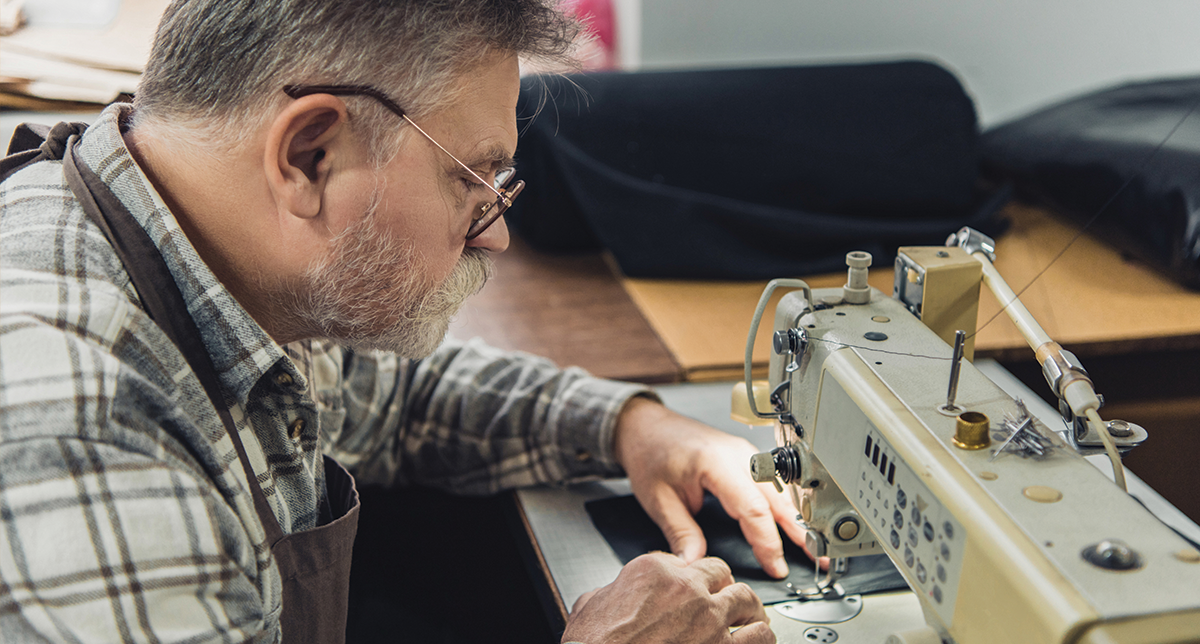Plastics are leading the way for creating renewable energy, now, and in the future. Your home may be one of the millions of homes helping to bring to fruition a radical change for the way we use energy.
Plastics are helping with wind energy by being a main material in the building of wind turbines. Wind turbines gather wind to create energy. The wind is picked up by the blades of the turbine to turn a rotor that then turns a generator to create energy. The lighter the blades, the faster the rotor turns, thus producing more energy. This is why many scientists are searching for more lightweight, durable plastics to create these blades. Some researchers are even talking about coating the blades in a plastic made to copy owl feathers to increase the productivity of the blades.
Plastics are also helping solar energy. Plastics have been used for a long time to fortify solar panels, but scientists are looking to use plastics to create solar cells which can then be placed practically anywhere. Researchers have found that that they are able to change the molecules in the plastics to create ordered pathways, or “nanowires”, to help energy travel more efficiently. These cells, because they are thin and lightweight, can then be used almost anywhere, on windows, roofs, and walls, making solar energy more accessible to everyone.

Recycling plastic is a great way to help the environment, but even plastic that hasn’t been recycled can be put to good use. As the U.S. Environmental Protection Agency notes, “Converting non-recyclable waste materials into electricity and heat generates a renewable energy source and reduces carbon emissions …” This means that non-recyclable plastics can be reused for additional fuel sources. These plastics are sent to a plastics-to-fuel facility and converted into liquids and gases that can be used for synthetic fuels, kerosene, and many other fuel sources.
Plastics, because of their flexibility, are being innovated into so many different things to help our environment.







